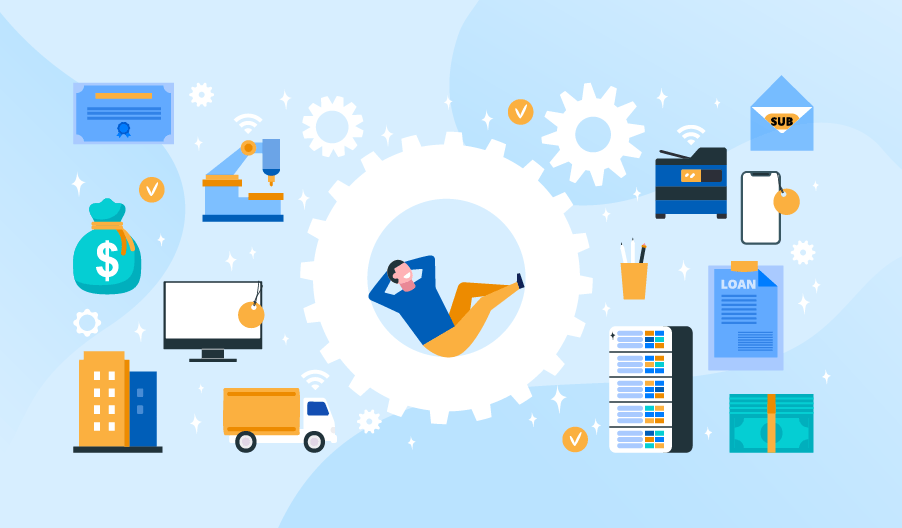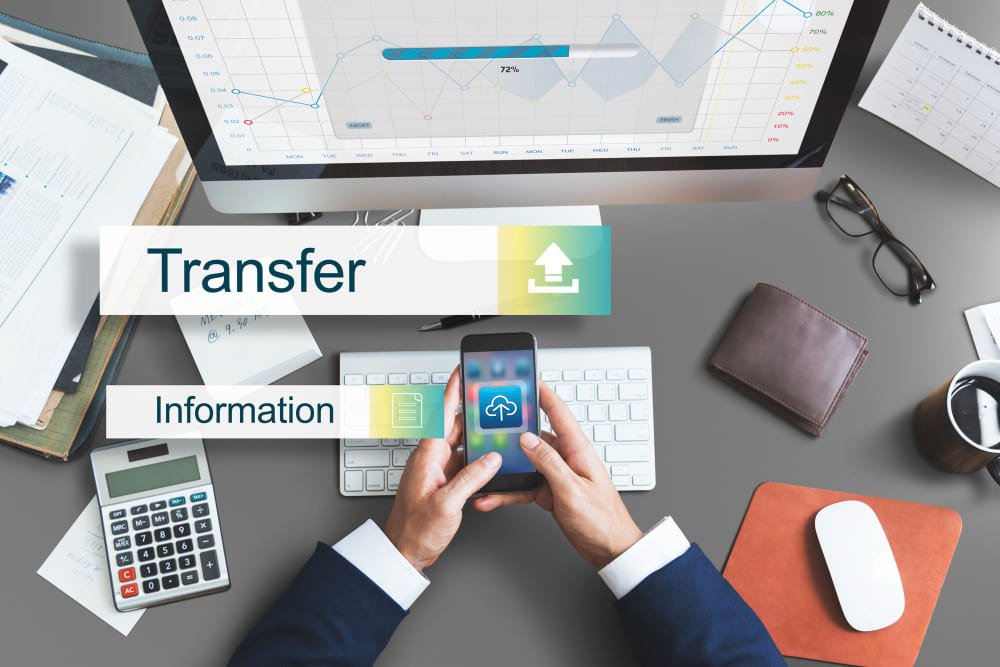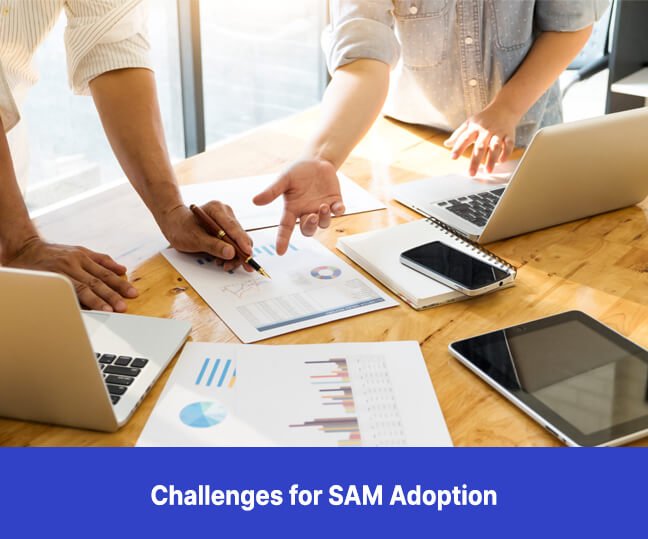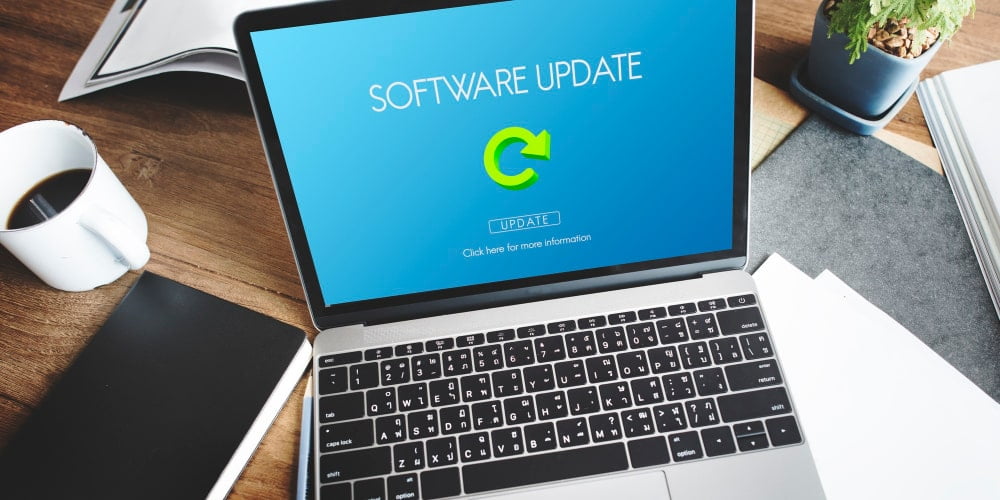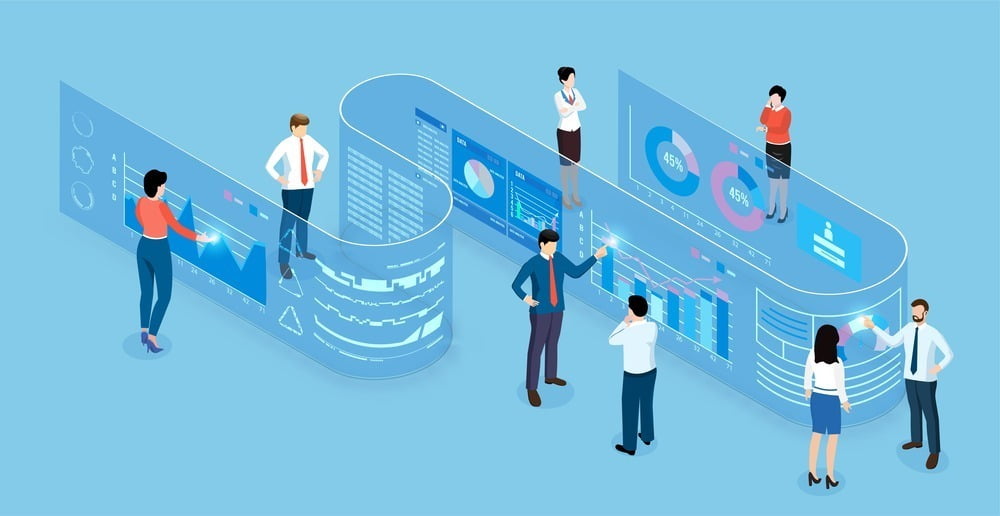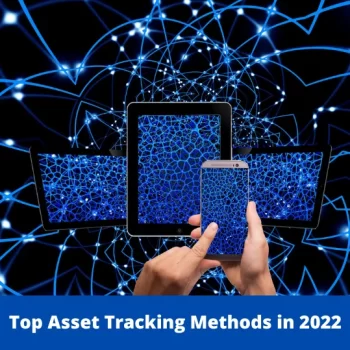The asset management industry has grown significantly in recent years, driven in part by the need to keep pace with the competition and, in part, to meet evolving customer needs. As a result, organizations are increasingly looking for ways to ensure their assets are well-managed and protected against potential risks. This article will discuss the key features to consider when selecting asset management software, including the ability to track and analyze assets, secure storage, and integration with other systems. We’ll also provide an overview of the benefits that these features can offer and how they enhance the efficiency and reliability of asset management processes.
Related article: What is Asset Performance Management (APM)?
What is Asset Management Software?
Asset Management Software enables organizations to track, monitor and manage their physical and digital assets, such as equipment, machinery, vehicles, software licenses, and other fixed assets. This software helps businesses keep an accurate inventory of their assets, optimize their use, and reduce the risk of asset loss, theft or damage.
Asset Management software typically provides functionalities such as asset tracking and location, maintenance scheduling, usage history, depreciation tracking, warranty and contract management, and reporting. It can also help organizations to comply with regulatory requirements and streamline their asset management processes. The software can be used across a wide range of industries, including manufacturing, healthcare, government, education, and retail, among others, and be an on-premise or on cloud deployment. It can be accessed via desktop, mobile or web-based interfaces.
Essentially, Asset Management software provides organizations with greater visibility and control over their assets, helping them to reduce costs, increase efficiency, and improve their bottom line.
Why should you use Asset Management Software?
Asset management software can provide a variety of benefits to businesses and organizations. Here are some reasons why you should implement asset management software:
Improved Asset Visibility
Improved asset visibility from asset management software is the ability to provide a comprehensive and accurate view of an organization’s assets. It includes information such as the location, status, usage history, maintenance records, and other relevant data related to each asset. For instance,
- Using asset management software allows an organization to track and manage its assets in real-time, allowing for increased transparency and control over its operations. This improved visibility helps organizations make better decisions about asset utilization, maintenance, and replacement, as they can access up-to-date and accurate information about each asset.
- Additionally, improved asset visibility can help organizations reduce the risk of asset loss or theft. The software can provide alerts and notifications when assets are moved or accessed outside designated locations or times. It can improve security and prevent potential losses.
Increased efficiency

Automation of key business processes involved in managing assets helps businesses save time and reduces the risk of errors. Asset management software can also streamline workflows, making tracking and managing assets easier.
- Improved asset tracking to help organizations keep track of their assets by providing a centralized database that contains information such as asset location, status, and maintenance history; and reduce the time and effort needed to track and manage assets manually.
- Better maintenance scheduling for regular maintenance tasks, such as equipment inspections or software updates, helps prevent equipment breakdowns or failures, which can lead to costly downtime and repairs.
- Enhanced asset utilization by helping organizations identify underutilized assets that can be redeployed elsewhere, reduce costs, and increase overall efficiency.
- Improved reporting by providing insights into asset utilization, maintenance costs, and other key metrics to help organizations identify areas for improvement and make data-driven decisions.
Reduced costs
By improving asset visibility and efficiency, businesses can reduce costs associated with lost or damaged assets, unnecessary maintenance, and other inefficiencies.
- Asset management software can help organizations track the location and usage of their assets, enabling them to identify underutilized or unused assets. By identifying these assets, organizations can either sell or repurpose them, reducing the costs associated with their maintenance and upkeep.
- Preventive maintenance: The software can also help organizations schedule preventive maintenance tasks, such as inspections and repairs, for their assets. By performing preventive maintenance, organizations can avoid costly breakdowns and downtime, leading to reduced maintenance costs.
- Improved asset tracking: Asset management software can help organizations track the location and usage of their assets more accurately, reducing the risk of loss or theft. This can result in lower insurance premiums and replacement costs.
- Optimized procurement: Organizations track the usage and lifespan of their assets, enabling them to make informed decisions about when to replace them. This can prevent the premature replacement of assets and reduce unnecessary procurement costs.
Compliance
Compliance in asset management software refers to ensuring that the organization’s assets are managed following regulatory requirements, internal policies, and industry standards. Asset management software helps organizations maintain compliance by providing tools to track and manage asset-related data, perform audits, and generate reports.
- Compliance with regulatory requirements involves ensuring that assets are managed according to laws and regulations such as Sarbanes-Oxley, HIPAA, and PCI-DSS. Asset management software can help organizations ensure compliance by providing features such as access controls, audit trails, and automated workflows to ensure that assets are being managed per regulatory requirements.
- Compliance with internal policies involves ensuring that assets are managed according to the organization’s policies and procedures. Asset management software can help organizations to ensure compliance by providing features such as customizable workflows, alerts and notifications, and reporting tools to track compliance with internal policies.
- Compliance with industry standards involves ensuring that assets are managed according to best practices and industry standards such as ISO 55001 and ITIL. Asset management software can help organizations ensure compliance by providing features such as asset tracking, maintenance scheduling, and performance monitoring to ensure that assets are being managed according to industry standards.
Cost of Asset Management Software
Cost is an essential factor to consider when choosing asset management software because it can significantly impact your organization’s budget and financial resources. Asset management software can range from free to several thousand dollars annually, depending on the specific features and capabilities offered.
When considering the cost of asset management software, there are several factors to keep in mind. These include the initial purchase or licensing fees, ongoing maintenance and support costs, and additional costs for training, customization, or integration with other systems. It is also essential to consider the software’s potential return on investment (ROI).

- Will the software help you save time and money by streamlining processes and reducing errors?
- Will it provide better visibility and control over your assets, leading to more informed decision-making and improved operational efficiency?
These are good questions to ask when evaluating the cost of asset management software.
Ultimately, the cost of asset management software should be weighed against its overall value and potential benefits to your organization. It is important to carefully evaluate the features and capabilities of different software options and their costs to determine which solution best meets your organization’s needs and budget.
- Furthermore, asset management software pricing can vary widely depending on the software’s specific features, functionality, and capabilities and the vendor providing the solution. Generally, there are several pricing models available, including:
- Subscription-based: This is a popular pricing model for asset management software, where customers pay a monthly or yearly fee to use the software. The subscription cost usually varies based on the number of users, features, and support levels. This model is popular as it allows customers to pay only for what they use and for vendors to provide continuous software updates.
- Perpetual license: A perpetual license involves a one-time payment to purchase the software, and the customer owns it permanently. This pricing model can be a good option for businesses that prefer to make a one-time investment rather than ongoing payments. However, perpetual licenses may not include updates and maintenance, which can add additional costs.
- Pay-per-use: Some asset management software vendors offer a pay-per-use pricing model, where customers only pay for the software when they use it. This pricing model can benefit businesses with fluctuating asset management needs or those who need to manage a smaller number of assets.
- Freemium: Freemium models offer a free basic version of the software, with the option to upgrade to a paid version for additional features and functionality. Newer vendors or those offering more straightforward software solutions often use this pricing model.
Ultimately, it depends on your needs, the vendor, and the chosen pricing model. Some vendors also offer customization options, such as add-ons, modules, or integrations, which can increase the overall cost. It is essential to carefully evaluate the pricing models and features offered by different vendors before deciding on which asset management software to purchase
Key features to look for in Asset Management Software
Asset management software is designed to help businesses keep track of their physical assets, including equipment, furniture, and other inventory. Some of the critical features of asset management software include:
- Asset Tracking: The software allows businesses to track their assets in real-time, including the location, condition, and usage of each asset.
- Maintenance Management: The software helps businesses schedule and track maintenance activities for their assets, reducing downtime and extending the life of the assets.
- Asset Depreciation: The software allows businesses to track the depreciation of their assets over time, helping them plan for replacement or upgrades.
- Reporting: Asset management software provides businesses with various reports, including asset lists, maintenance schedules, and depreciation schedules.
- Mobile Compatibility: Many asset management software solutions are mobile-friendly, allowing businesses to track assets and perform maintenance activities using their mobile devices.
- Integration with Other Systems: Asset management software can integrate with other systems, such as accounting or purchasing systems, to provide a complete picture of asset-related expenses.
- Barcode/QR Code Scanning: Asset management software often includes a barcode or QR code scanning feature, making it easy to track and identify assets.
- Security: Asset management software provides security features to ensure only authorized personnel can access asset data.
Overall, asset management software provides businesses with a centralized system for managing their assets, reducing the risk of loss or damage and maximizing the return on investment for each asset.
Related article: Top Problems Due to Poor Asset Management
Final Note
Choosing the right asset management software for your business is a crucial decision that can impact the efficiency and productivity of your operations. When selecting asset management features, it is important to consider factors such as ease of use, scalability, customization options, and reporting capabilities.
Implementing a comprehensive asset management system can bring numerous benefits to your organization, such as increased asset utilization, improved maintenance planning, better regulatory compliance, and enhanced inventory control. With the right asset management features, you can optimize your asset lifecycle and achieve greater ROI on your investments. By conducting thorough research, evaluating your needs, and choosing the right asset management features, you can position your organization for success and growth in the long run.
